DataArt Museum. Manipulator of graphic information like "mouse"

The DataArt Museum has been around for 10 years, some of the exhibits you could see on our blog as posters . We continue to expand the collection and began preparing a full-fledged exhibition on the history of IT. In parallel, we will regularly publish materials on individual exhibits of the museum. In this article we present the Soviet mice. They are also “manipulators of graphic information”.
The first mice in the USSR were supplied with imported personal computers in the 1980s. These are mainly Genius and IBM three-key devices and futuristic round digital trackballs. As computers became smaller and spread outside the laboratories, the need for convenient means of entering information became apparent.
')
In the DataArt collection, imported mice, of course,
also presented.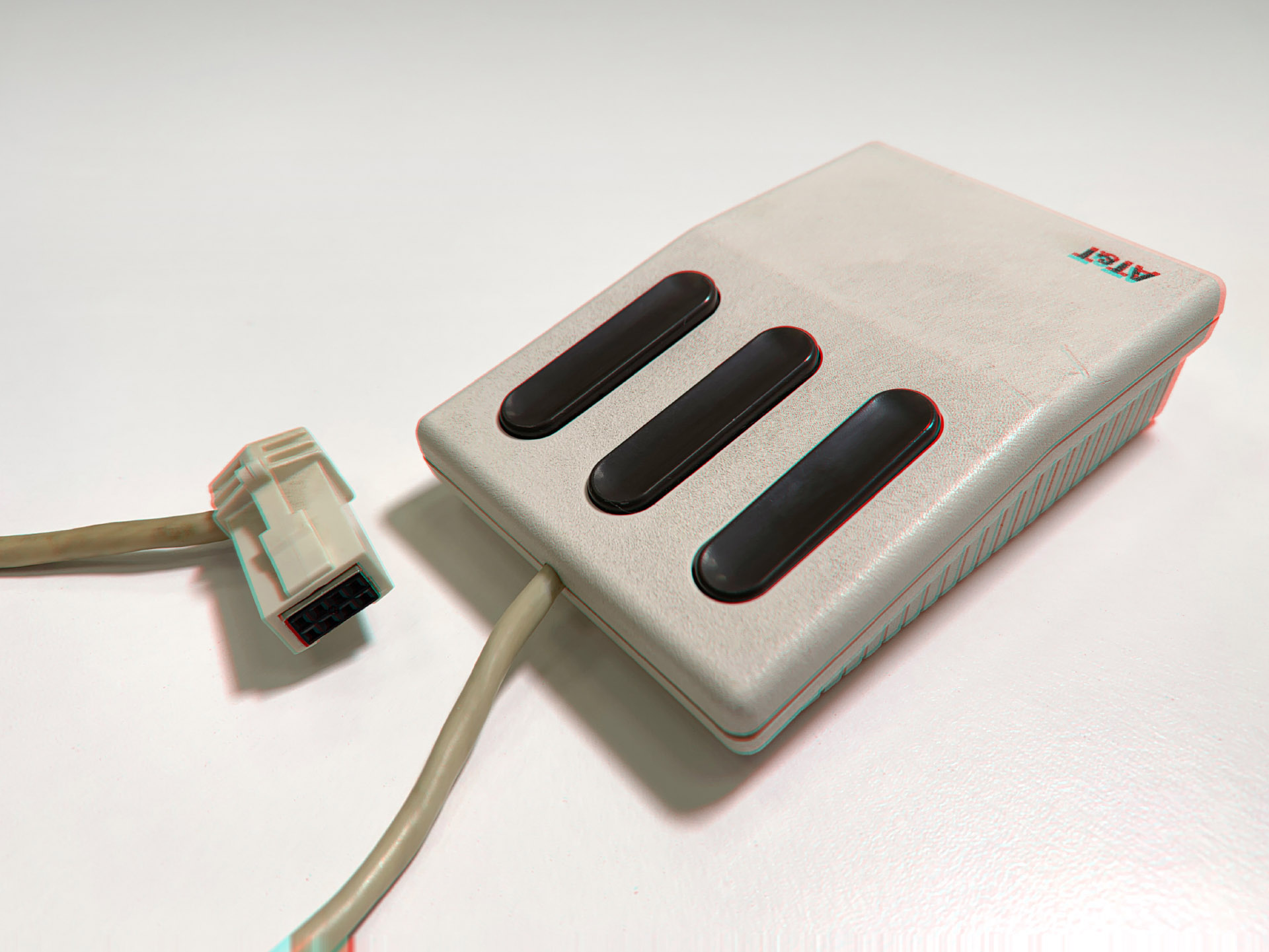
Mouse AT & T UNIX PC 7300 Workstation. Produced around 1985
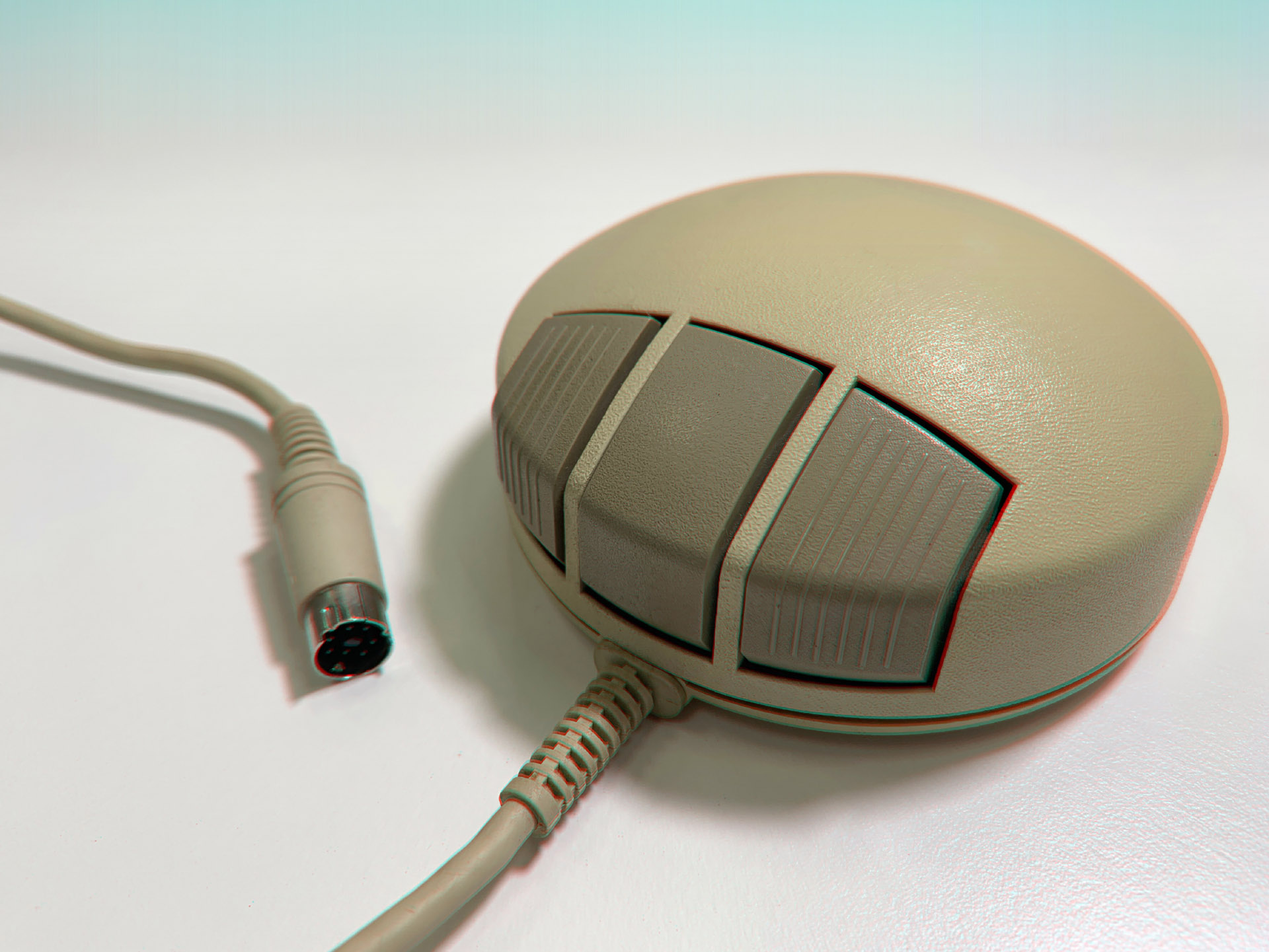
The DEC VSXXX-AA mouse from Digital, released around 1986. This Digital model was produced under the license of Jack Hawley, one of the authors of the first ball-driven mouse.

Mouse Genius GM-6, mid 1980s

Apple Desktop Bus Mouse II, released between 1993 and 1996.

Mouse AT & T UNIX PC 7300 Workstation. Produced around 1985

The DEC VSXXX-AA mouse from Digital, released around 1986. This Digital model was produced under the license of Jack Hawley, one of the authors of the first ball-driven mouse.

Mouse Genius GM-6, mid 1980s

Apple Desktop Bus Mouse II, released between 1993 and 1996.
In the article in the third issue of the magazine “Microprocessor-based Means and Systems” for 1986, devoted to the development trends of Soviet PCs and describing supposed innovations in some detail, the mouse does not appear. But two years later, in the same journal, there is a whole article about the mouse device, in which the author explains how convenient and indispensable the device is.
Obviously, there were not enough mice, and tasks that were solved, including on Soviet machines, required convenient manipulators. In 1989, Nail Malakhov and Alexander Pilyar, employees of the Joint Institute for Nuclear Research in Dubna, create their schemes, largely repeating the experience of foreign engineers. The fact is that there are already a lot of IBM PC and Pravets-16, EU-1840 computers at their institute, but the standard equipment does not provide any input devices other than a keyboard. However, many standard programs (Norton, Lotus, Orcad) already allow the use of a mouse or a "coordinate ball."
Malakhov and Pilyar write that such devices are indispensable when working with graphic information: drawings and diagrams, including PCB layout. Without going into technical analysis, note that the development was carried out so that you can use the Microsoft MSMOUSE.SYS driver.
A little later an application was submitted to the State Committee for Inventions and Discoveries for the invention of the “Mouse-type graphic information manipulator” . The application was submitted by Oleg and Nina Yanushkevichi, representing the company P P I of the G-4805. As we know, under the number of "mailbox" was hidden NPO Applied Mechanics. M. F. Reshetnev in Zheleznogorsk - now it is JSC Information Satellite Systems.

In our collection there are several well-known Soviet mice UVK-1 (coordinate input device), which, as stated in the instructions, “were intended to expand consumer properties” of consumer computers “Electronics BK0010 and BK0010-01”.

It is noteworthy that these mice were produced under the Martian brand on the production of Mars Marsh, which specializes in space navigation, in particular, the experts of the experimental design bureau provided automation of the soft landing of the Buran orbital spacecraft in 1988.
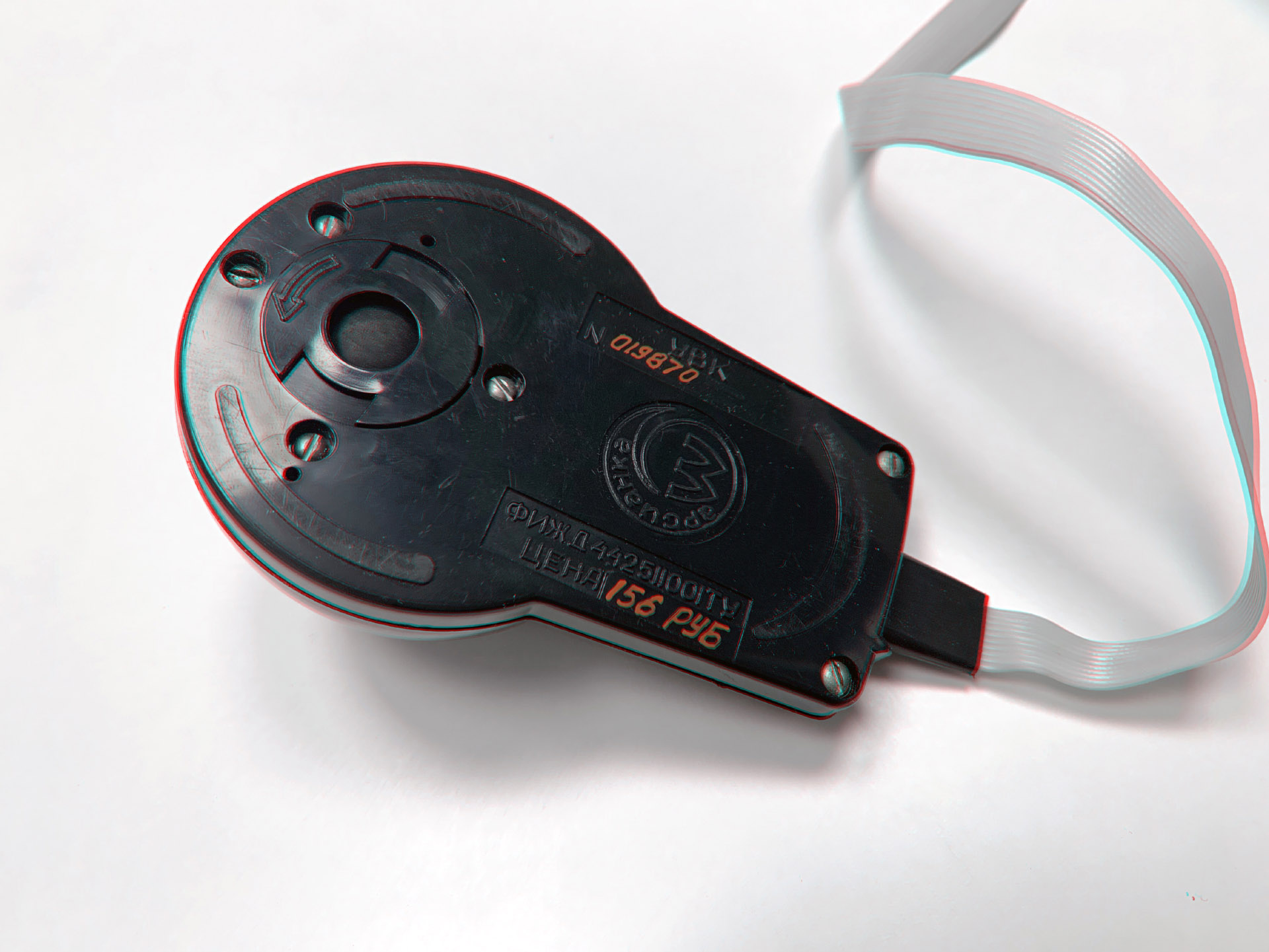
It is very likely that the production was established just on the basis of the same Zheleznogorsk patent Yanushkevich, since both enterprises worked in the same industry, for which hard times had already come. The chronology of the release of the series of models also speaks in favor of this version: the BK0011 was released at the end of 1989, but this model was not mentioned in the first instructions for UVK-1.
About another classic Soviet model of graphic information manipulators - EC-1841. A002 - we know a little less.
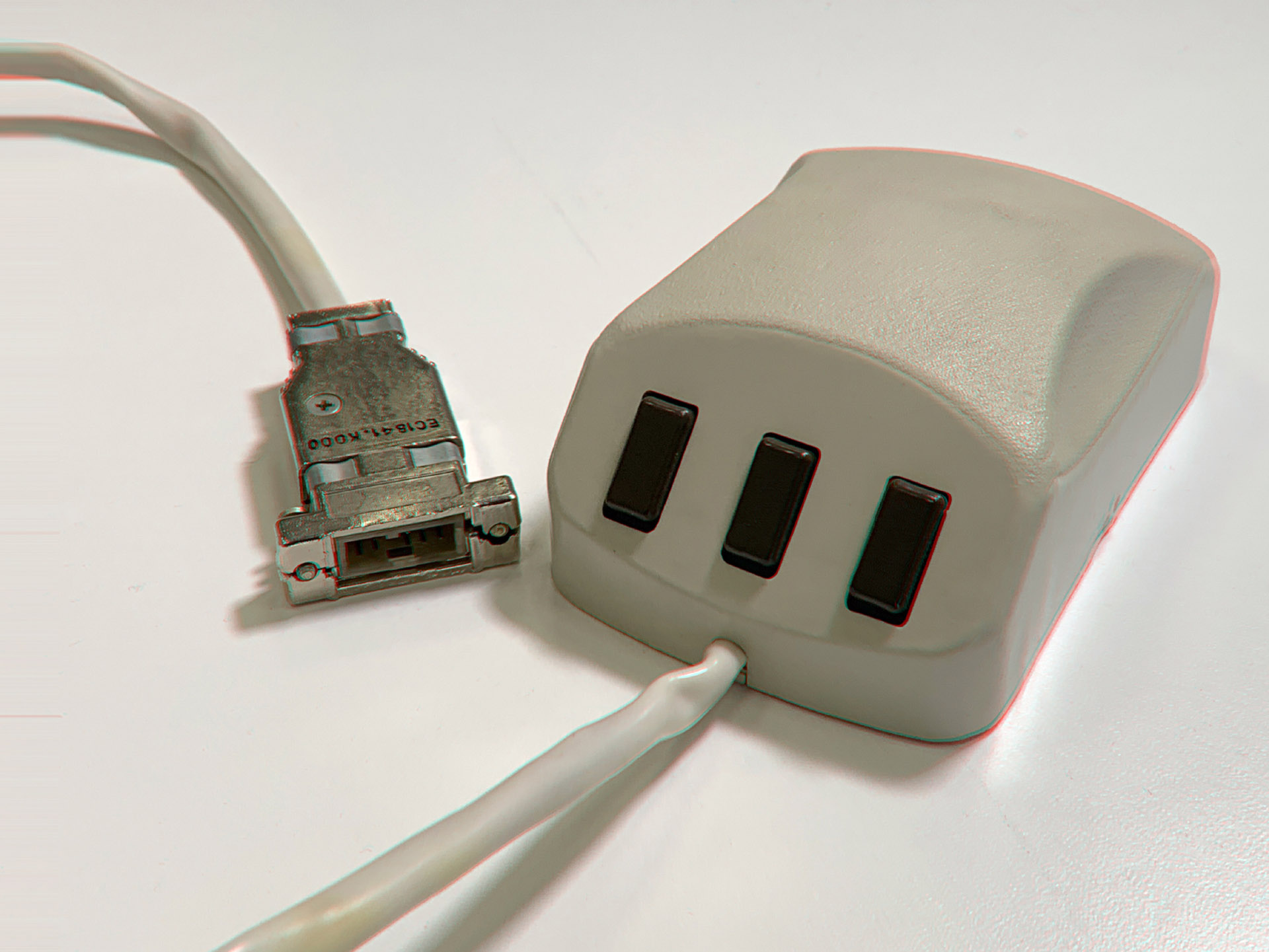
This serious mouse, which is called the “kolobok” (most likely, it does not refer to a specific model, but to the principle - the metal ball is the basis of the device), then the “rat” (due to its size), was part of the EU-1841 workstation.
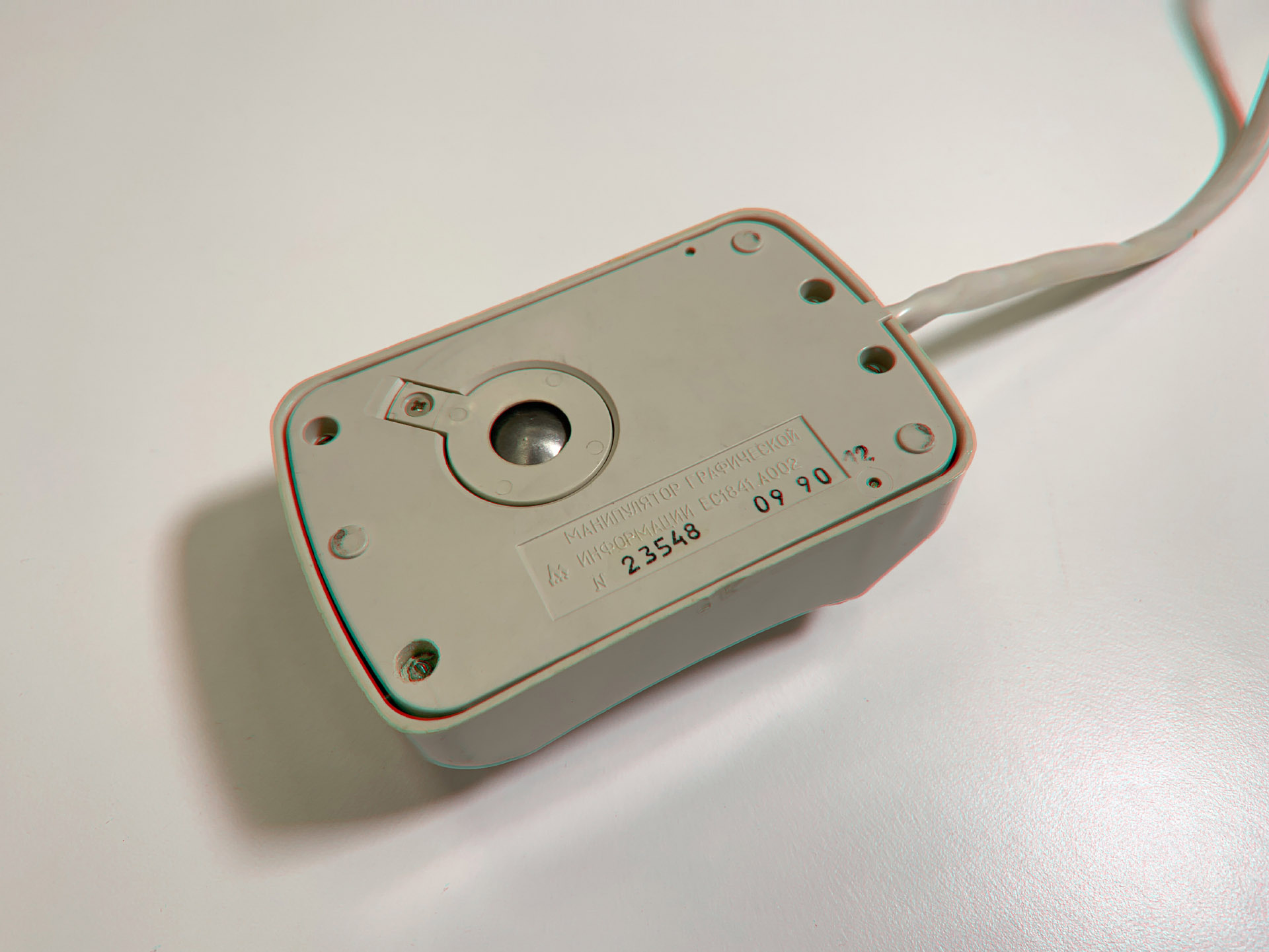
Other accurate information about the device we could not find. Apparently, they began to produce them together with the PC itself in 1987 in Minsk, we did not find a separate patent for this mouse. Probably, the device or, as stated in the technical description of the "desktop device", was part of the general author's application for the EU-1841.
It turns out that the Soviet mice appeared in 1987 together with the PC EC-1841, were part of the factory supply and did not exist separately. At the same time home computers by the time it was already quite a lot. Scientists and designers from industries in which specialists were well acquainted with coordinate devices came to the rescue of users. Nuclear physicists and spacecraft makers designed mice for their own needs and, probably, for the replenishment of institute budgets.
Source: https://habr.com/ru/post/449460/
All Articles